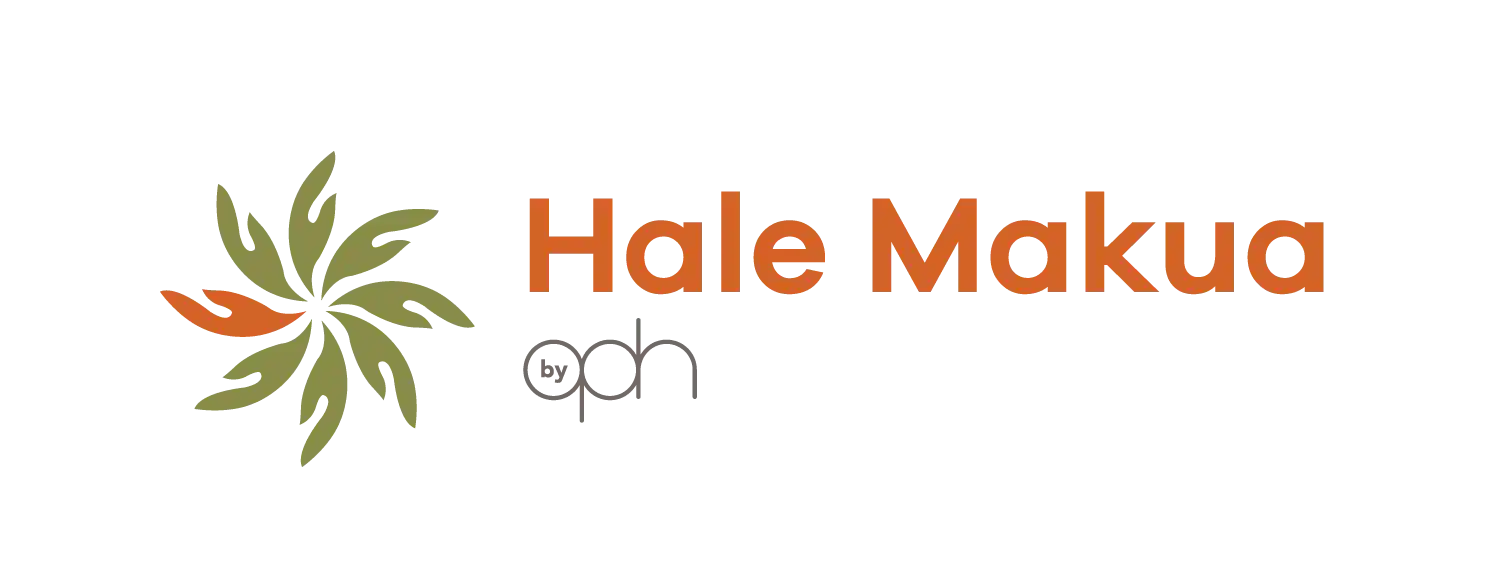‘Groundbreaking’ Footage Shows Whales Blowing Bubbles to Catch Fish
Video: (Permit Number: NOAA #19703)
New videos of humpback whales blowing bubbles are providing “novel insights” into how whales capture their prey.
Researchers at the University of Hawaiʻi at Mānoaʻs Marine Mammal Research Program recorded drone and whaleʻs-point-of-view footage of humpback whales creating bubble-nets in waters off South Alaska.
The bubble-net observations and data collection are part of a larger project investigating humpback population decline, including shifts in habitat use and changes to food availability linked to prey depletion and climate change.
Researchers used suction-cup tags fitted with cameras and sensors to gain an understanding of how humpback whales feed and how some whales use bubbles to optimize their consumption of prey by creating “bubble nets.”
Researchers say the tag data (video and accelerometer data) coupled with the drone data, is providing novel insights into the fine-scale details of how the whales carry out this behavior and how often they do this to sustain and gain enough energy and weight before they migrate back down to Hawai‘i to breed and mate.
The research was conducted in waters off of Southeast Alaska by: Lars Bejder, director of the UH Mānoa Marine Mammal Research Program, UH Mānoa PhD student Martin van Aswegen and key collaborator Andy Szabo, Alaska Whale Foundation director, working with PhD student Will Gough and other members of Stanford University’s Goldbogen Lab and the Bio-telemetry and Behavioral Ecology Lab at the University of California, Santa Cruz.
- About 3,000 humpback whales visit Alaska during the summer feeding period, and up to 10,000 visit Hawai‘i during the winter breeding period. When the whales leave their foraging grounds and migrate 3,000 miles, they stop eating until their return several months later, according to UH researchers.
- The MMRP’s bubble-net research is helping scientists to understand how humpback whales feed, how often they need to feed, what they feed on and how fast their bodies change or grow.
- Other MMRP collaborators include The Pacific Whale Foundation, Hawai‘i Institute for Marine Biology Researcher Kristi West and UH Hilo Professor Adam Pack.

Humpback whale bubble net feeding. PC: Permit Number: NOAA #19703

Humpback whale bubble net feeding. PC: Permit Number: NOAA #19703

Humpback whale bubble net feeding. PC: Permit Number: NOAA #19703










